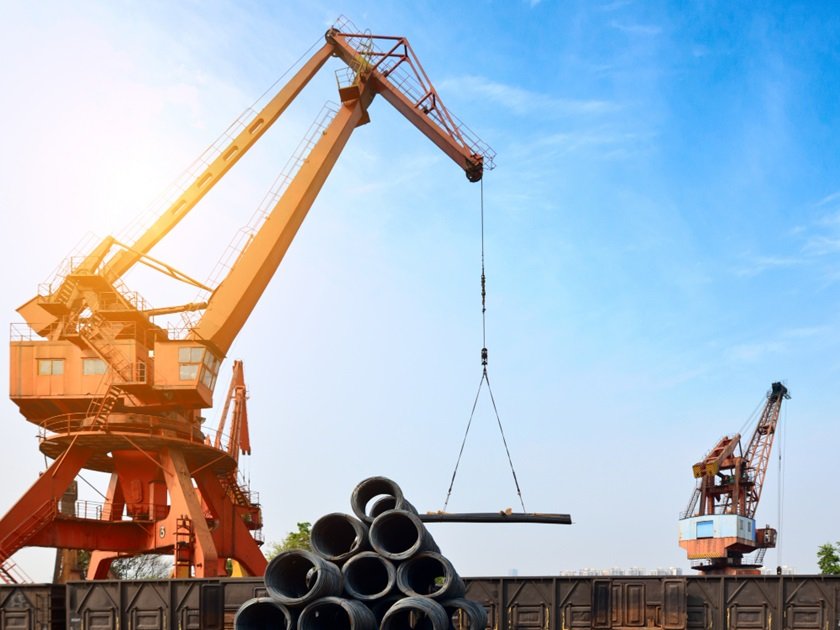Choosing the right crane services for your needs is crucial to ensure that your lifting and hoisting requirements are met safely, efficiently, and cost-effectively. Whether you’re planning a construction project, industrial installation, or maintenance work, selecting the appropriate crane services involves considering several factors. Here are some steps to help you choose the right crane services for your specific requirements:
1. Assess Your Lifting Requirements:
- Start by assessing your lifting requirements, including the weight and dimensions of the loads to be lifted, the height and reach required, and any specific lifting challenges or constraints. This information will help determine the type and capacity of crane needed for your project.
2. Determine the Type of Crane:
- Based on your lifting requirements, choose the appropriate type of crane. Common types of cranes include mobile cranes (such as telescopic cranes and crawler cranes), tower cranes, overhead cranes, and truck-mounted cranes. Consider factors such as mobility, reach, lifting capacity, and terrain conditions when selecting the type of crane.
3. Consider Equipment Availability:
- Evaluate the availability of cranes and equipment from different crane service providers in your area. Ensure that the crane services you choose have the necessary equipment to meet your project timeline and requirements. Consider factors such as crane availability, maintenance schedules, and backup options in case of equipment breakdowns.
4. Verify Safety and Compliance:
- Prioritize safety when choosing crane services. Verify that the crane service provider complies with all relevant safety regulations and standards, including licensing, certifications, and inspections. Ensure that the crane operators are trained, qualified, and experienced in operating the specific type of crane required for your project.
5. Assess Experience and Reputation:
- Look for crane service providers with a proven track record of reliability, professionalism, and customer satisfaction. Research the company’s experience, reputation, and references from past clients to ensure that they have the expertise and capabilities to handle your project effectively.
6. Evaluate Pricing and Cost Transparency:
- Obtain quotes from multiple crane service providers and compare pricing, terms, and conditions. Ensure that the quotes are comprehensive and transparent, with no hidden fees or unexpected charges. Consider the overall value offered by each provider, taking into account factors such as equipment quality, service reliability, and customer support.
7. Review Insurance Coverage:
- Verify that the crane service provider carries adequate insurance coverage, including liability insurance and worker’s compensation insurance. This will help protect you from financial liability in case of accidents, injuries, or damages during crane operations on your project site.
8. Assess Customer Support and Response Time:
- Consider the level of customer support and responsiveness offered by the crane service provider. Choose a company that is responsive to your inquiries, provides clear communication, and offers prompt assistance in case of emergencies or unforeseen circumstances.
9. Obtain Written Contracts and Agreements:
- Once you’ve selected a crane service provider, ensure that all terms, conditions, and expectations are documented in a written contract or agreement. Clarify details such as pricing, payment terms, project timeline, equipment specifications, and safety protocols to avoid misunderstandings or disputes later on.
By following these steps and considering factors such as lifting requirements, crane type, safety, experience, pricing, insurance coverage, and customer support, you can choose the right crane services that meet your specific needs and requirements effectively. Investing time and effort upfront in selecting the appropriate crane services will help ensure the success and safety of your lifting operations.





